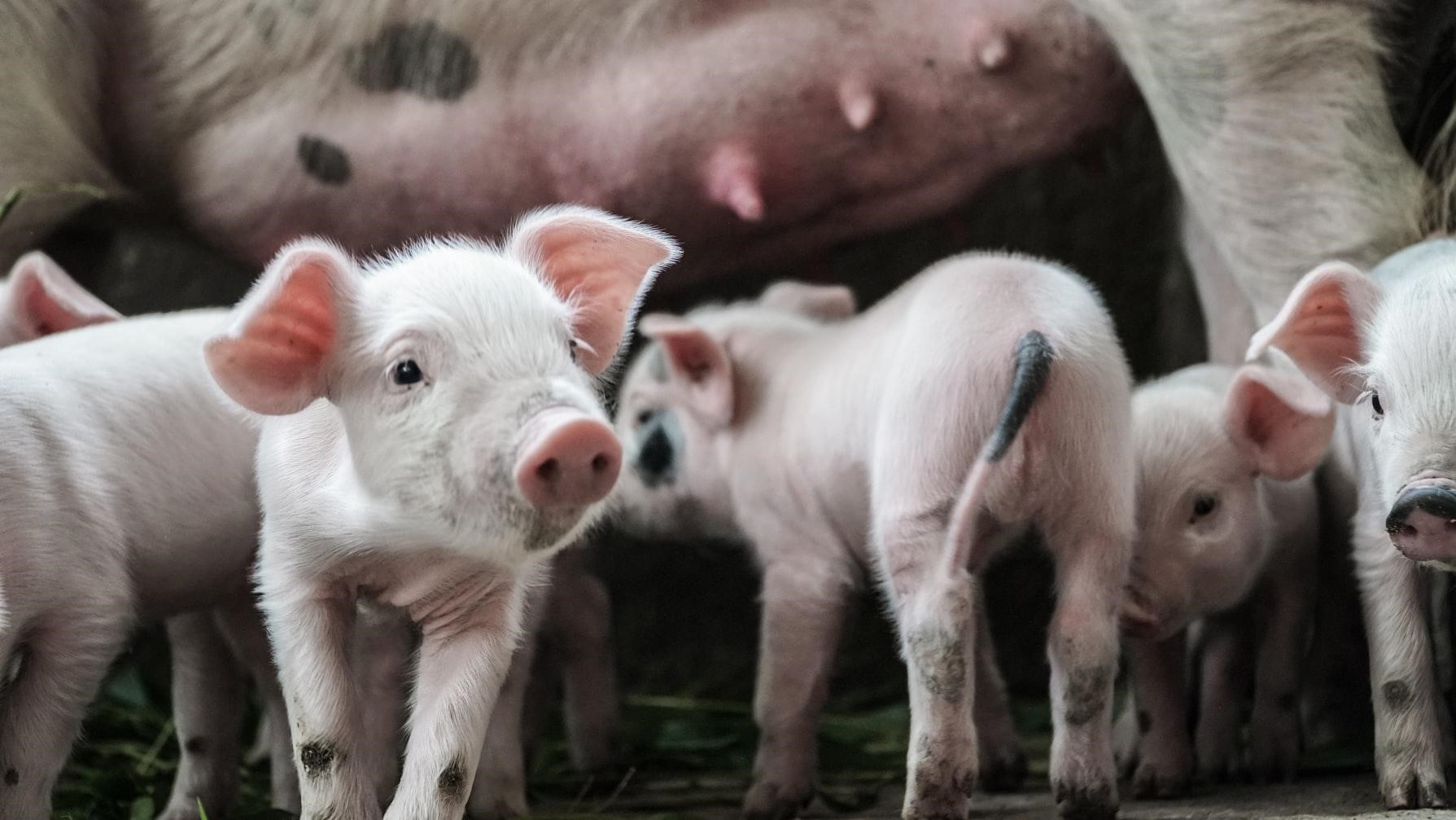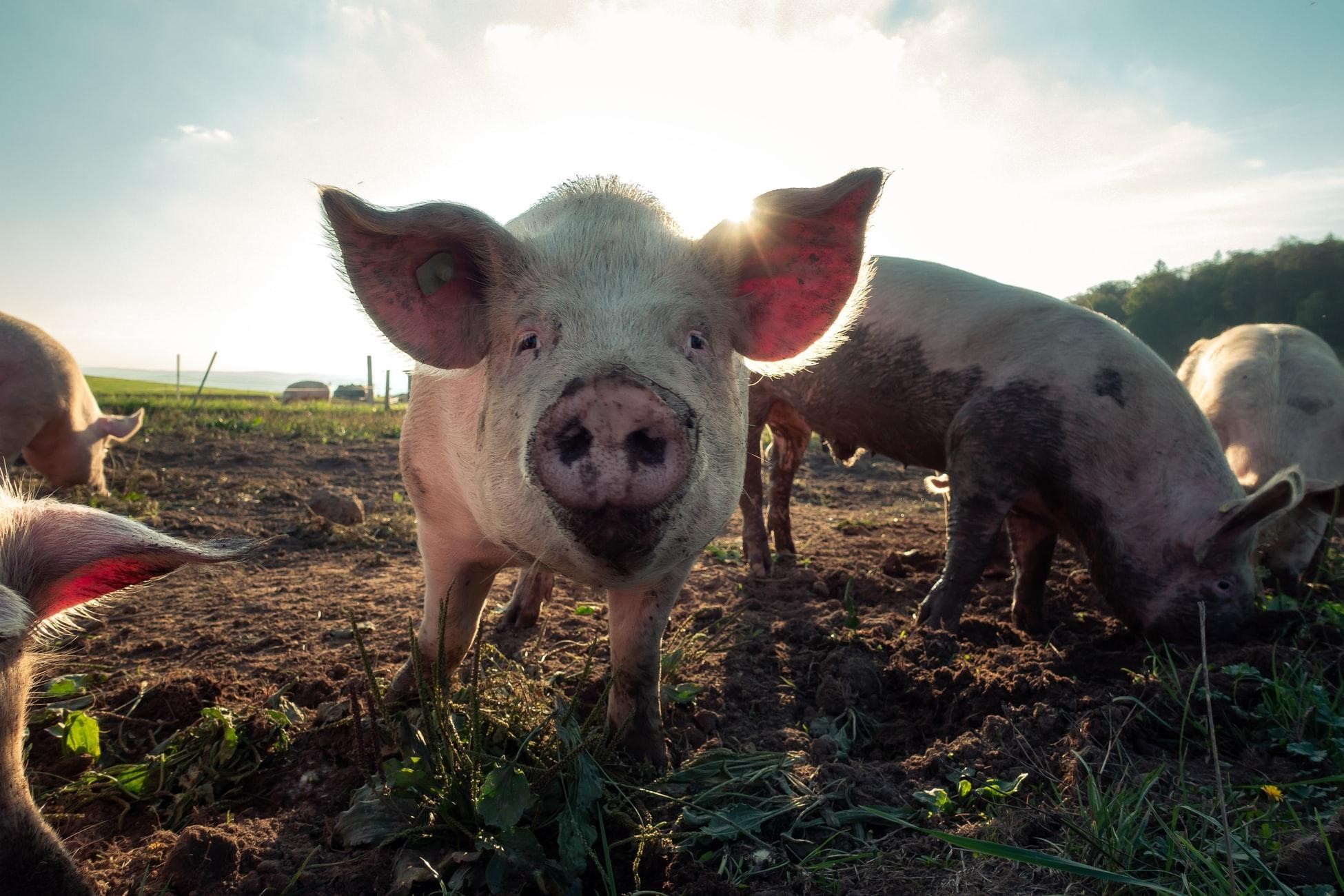



Achieving sustainable pork production without antibiotics
While farming pigs without using antibiotics can be time-consuming and more costly, the benefits of healthier animals and more sustainable practices make this an investment you should consider for your pig pen.With the rise of environmental concerns, producing sustainable pork has become an important issue for most farms. Raising antibiotic-free animals is one aspect of this that attracts consumers and industry experts alike. While farming pigs without using antibiotics can be time-consuming and more costly, the benefits of healthier animals and more sustainable practices make this an investment you should consider for your pig pen.
What does antibiotic-free mean?
Concerns about animal welfare and care, and increasing pressure to adopt sustainable farming practices mean that the preference for antibiotic-free meat is growing.
In large farming operations, animals are given doses of antibiotics to protect against diseases that can spread quickly in open-air or free-range set-ups, as well as more tightly packed pens.
On the other hand, antibiotics can also be used to speed up the growth of animals or prevent known diseases. These antibiotics and their residue can end up in meat, though chances of that are very low due to strict regulations. However, excessive or inappropriate use can be a problem to the overall health of a population as it can encourage harmful bacteria to develop resistance.
Whether or not you accept the risks involved in using antibiotics, it’s valuable practice to stay informed about the alternatives.
How to reduce the use of antibiotics
No matter the size of your herd, good management and placing a particular focus on animal welfare are key to successfully raising an antibiotic-free herd. Here are a few things you’ll need to keep in mind, to ensure you’re getting the highest quality and healthiest pork.
Improved living quarters
Disease can spread rapidly through an overcrowded pigpen. Even the most vigilant farmer can miss the signs of illness in an animal, and that can be disastrous for the whole herd. There are many diseases specific to pigs that require treatment throughout their lives. A lot of the risks can be mitigated by going for a more enclosed pen, and by simply giving your pigs more breathing room.
By keeping your pens enclosed, you protect them from parasites like rats, and birds, which can be disease vectors. You also make it easier to spot if a pig is unhealthy, allowing you to remedy the situation before disease spreads to the rest of the herd.
Choose metal and PVC enclosures over wood because wood has a tendency to become damp. The moisture could invite growth of mold and other bacteria.

© Unsplash
Weaning ages and nursery diets
Pigs that are weaned after 20 days seem to do better without antibiotics. If you’ve got a smaller herd, it would simply be a matter of waiting it out. If you’re running a bigger farming operation, space could become an issue.
Take steps to ensure you have enough protected enclosures to allow for the full 20 days of natural maturation. Doing this could protect your piglets from disease later on.
Anyone with experience in raising pigs will know that young pigs dehydrate quickly. Pigs of any age need unrestricted access to feed. Limit-feeding, once thought to help prevent diarrhoea from weaning, can actually cause more dehydration and diarrhoea.
Additionally, pigs are social animals. Feeders with solid partitions can result in diarrhoea, cause stress and interrupt natural feeding cycles, all of which impact the pig’s overall immune system. The pig’s nursery diet should consist of 17 percent protein – oat hulls, potato starches and barley. These are more palatable than a corn or wheat-based diet. For small-scale herds, check out our dietary advice.
Know your animals, and your partners
Knowing the health status of your herd, and any partner herds you work with, is essential. Make it clear that you are transitioning to no antibiotics, and work with other farmers and cooperatives to make sure everyone is on board with the new mandate.
Though genetics matter, they’re no more important than the pig’s life cycle. The initial investment in sustainable practices will be worth it when you realise how much you save in vet bills, and how much healthier and more comfortable your animals are.
You can even choose hardier pigs for a sire programme, and grow your farm into your own 100 percent organic, antibiotic-free herd. Keeping your animals enclosed also protects against both bacteria and antibiotic residue from neighbouring farms, and from pigs or other animals that may have been fed antibiotics.
Sanitation and pest control
Other farms and other animals can compromise your pigs’ antibiotic-free status by way of transferring disease. Maintaining a rigorous programme of sanitation and pest control is vital. Rats and birds can be disease-carrying vectors that risk the health of your herd. If your farm is big enough to have staff, make sure you post your sanitation schedule in a prominent place so that everyone is aware of the requirements. For small-scale pig farms, note you’ll need to completely clean a pen using our guidelines. To avoid the antibiotics in some sanitisers, stick to hot water and natural soaps. Keeping the pens dry is very important in avoiding the spread of bacteria. If you can’t give your pigs at least 24 hours out of a pen to allow it to dry naturally, consider using drying agents or a blow heater.
Care of sick pigs and removal from the herd
No matter how careful you are, sometimes your animals will just get sick. Choosing to raise your pigs without antibiotics means paying closer attention to their nutrition, hygiene and physical health.
When you notice a pig showing signs of disease or illness, you should separate it from the rest of the herd immediately to prevent the spread of any bacteria. If your pig needs antibiotics as part of its treatment, you are not allowed to label or sell it as an antibiotic-free product. Doing so could land you in legal trouble. Carefully tag any animal that has needed treatment throughout its life, so you can keep track, and avoid the spread of antibiotic residue to your antibiotic-free pigs

© Unsplash
Sustainable farming – large or small scale – is becoming more important as we enter an era of environmental crisis. Supplying antibiotic- and hormone-free meat isn’t as simple as it sounds. Raising this type of livestock takes more than just avoiding mass dosing a herd with antibiotics. It takes more investment, of time as well as money. Whether you have a small backyard set-up or a major operation, you can make it easier to ensure you raise the healthiest herd and get the best-quality pork in a more sustainable environment.









